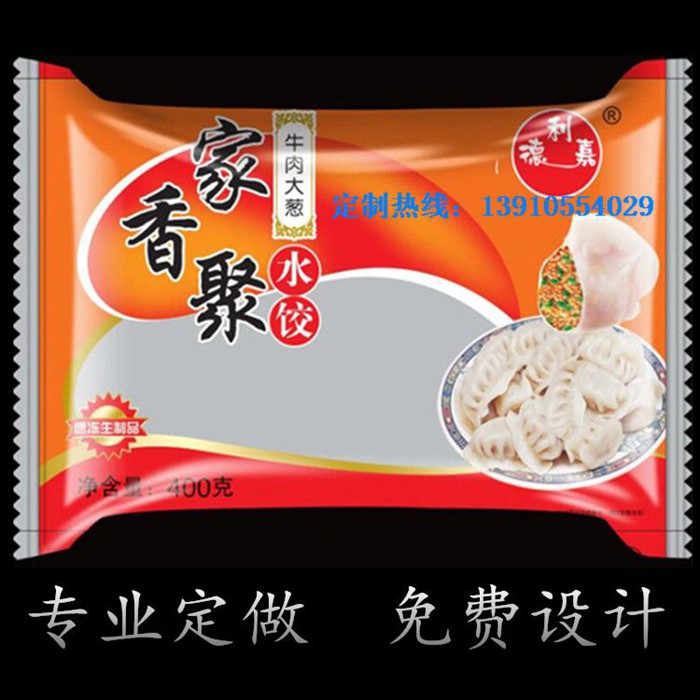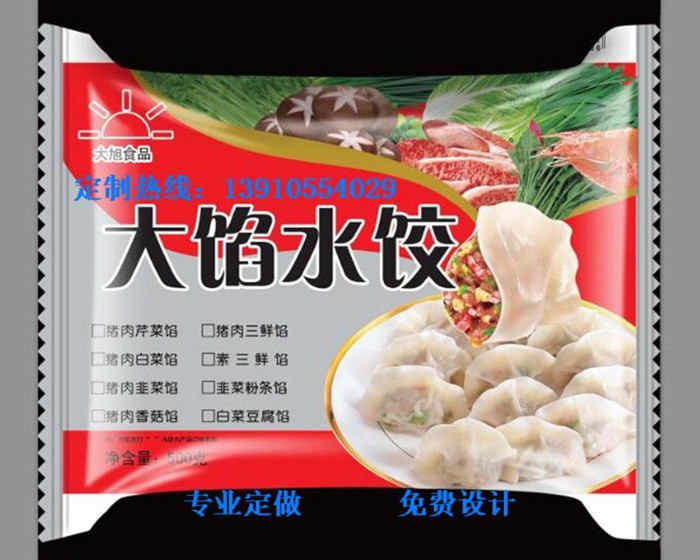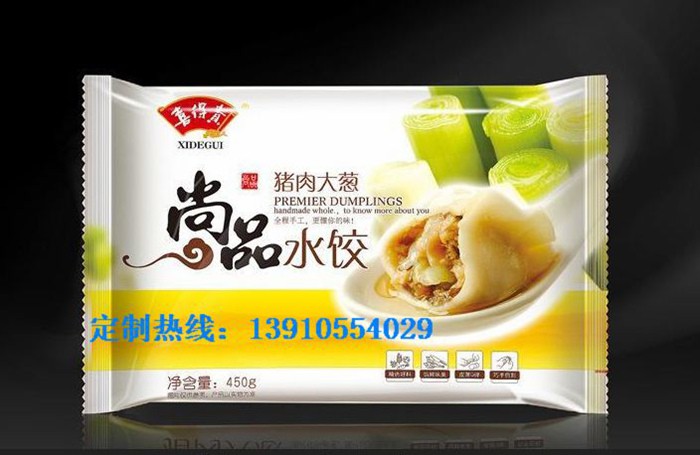The Complete Guide to Plastic Food Packaging Bags: Features, Benefits, and Applications
Product description
In the dynamic world of food distribution and retail, packaging serves a role far beyond simple containment. It is a first line of defense, a preservation system, and a silent brand ambassador. Plastic food packaging bags, in their various forms, have become an industry standard due to their unparalleled versatility and effectiveness. From ensuring the crispness of snacks to preserving the freshness of frozen vegetables, these bags are engineered to meet rigorous demands. This comprehensive guide delves into the core aspects of modern plastic food bags, explaining their features, advantages, and the critical role they play for businesses and consumers.
What Are Plastic Food Packaging Bags?
Plastic food packaging bags are pouches or sachets manufactured from food-grade polymer materials. They are specifically designed to protect contents from external elements such as moisture, oxygen, contaminants, and physical damage. Modern bags are often sophisticated, multi-laminated structures, where each layer contributes a specific property like strength, barrier protection, or sealability, creating a complete solution for product integrity.

Core Features of High-Performance Plastic Food Bags
The effectiveness of these bags is rooted in their material composition and engineered features.
- Food-Grade Material Compliance: All polymers used are strictly certified for food contact, adhering to international safety standards like those from the FDA and EFSA. This ensures no harmful substances migrate into the food, guaranteeing consumer safety.
- Advanced Barrier Technologies: High-quality bags incorporate layers that provide excellent barriers against oxygen and moisture vapor. This is critical for preventing spoilage, staleness, oxidation, and the loss of flavor and nutrients, directly extending the product's shelf life.
- Robust Seal Integrity: A secure, hermetic seal is achieved through precision heat sealing. This seal is designed to be stronger than the bag material itself, preventing leaks, maintaining the package's internal environment (such as a vacuum or gas flush), and ensuring tamper evidence.
- Durability and Puncture Resistance: Using materials like polyethylene (PE) and nylon, these bags offer exceptional toughness. They withstand the stresses of filling, transportation, palletizing, and handling on retail shelves without tearing or puncturing.
- High-Definition Printing and Customization: The surface of these bags is ideal for advanced printing techniques, allowing for vibrant, high-resolution graphics. This enables strong brand storytelling, clear nutritional labeling, and enhanced shelf appeal in a competitive market.

Key Advantages for Businesses and Consumers
The adoption of plastic food packaging bags is driven by a host of tangible benefits across the supply chain.
- Significantly Extended Shelf Life: By creating a protective shield against the primary agents of spoilage, these bags dramatically reduce food waste, allowing for broader distribution networks and more efficient inventory management.
- Lightweight and Cost-Efficient: Their minimal weight reduces shipping costs significantly compared to glass or metal alternatives. The production cost is also favorable, making them an economical choice without compromising on protection.
- Unmatched Flexibility and Convenience: They can be manufactured in an immense variety of shapes, sizes, and styles—from simple pillow pouches to stand-up zipper bags. Features like resealable strips add great convenience for consumers, promoting product reuse and continued freshness.
- Product Visibility and Consumer Trust: Transparency allows consumers to visually inspect the product before purchase, building confidence. For brands, it puts the product itself on display, which can be a powerful sales tool.
- Durability and Leak Prevention: For liquids, oils, sauces, and moist products, a well-sealed plastic bag is essential for preventing leaks and spills, ensuring a clean and positive user experience from the store to the home.
Primary Applications and Use Cases
The versatility of plastic food packaging bags makes them suitable for a vast range of products.
- Snack Foods: The classic application for chips, nuts, and crackers. Often using metallized films and nitrogen gas flushing to protect against physical damage and oxidation.
- Frozen Foods: Engineered to remain flexible and strong at low temperatures, preventing brittleness and freezer burn in vegetables, fruits, and prepared meals.
- Baked Goods: Used for bread, buns, and pastries, frequently with modified atmosphere packaging (MAP) to inhibit mold growth and maintain softness.
- Fresh Produce: Perforated bags are used to provide the optimal balance of humidity and airflow, extending the life of fruits and vegetables.
- Liquid and Viscous Products: Stand-up pouches (doypacks) are increasingly popular for sauces, dressings, cooking oils, and even beverages, offering stability and modern appeal.

Frequently Asked Questions (Q&A)
1. Are plastic food packaging bags safe for direct food contact?
Yes, when produced by reputable manufacturers, they are entirely safe. They are made from food-grade plastics that comply with stringent international safety regulations. These materials are designed to be inert and do not leach harmful chemicals into the food under normal use conditions.
2. What do the recycling symbols (resin codes) on the bags mean?
The number inside the triangular chasing arrows identifies the specific type of plastic resin used (e.g., #2 HDPE, #4 LDPE, #5 PP). This aids in sorting at recycling facilities. It is important to note that many food bags are multi-laminated for performance and may not be widely accepted in curbside recycling programs. Consumers should always check their local recycling guidelines.
3. Can I microwave food in its plastic packaging?
You should only do so if the packaging is explicitly labeled as "microwave-safe." Polypropylene (PP, #5) is a common microwave-safe plastic. Other plastics, like PET or PE, may warp or melt. Always follow the manufacturer's instructions on the package.
4. What is the difference between a vacuum bag and a standard snack bag?
Vacuum bags are made from thicker, high-barrier plastics and are designed to have all air mechanically removed before sealing, which drastically slows down oxidation. Standard snack bags are often gas-flushed with nitrogen to cushion the product and displace oxygen, but they are not typically vacuum-sealed to the same degree.
5. How is the industry addressing environmental sustainability?
The industry is actively innovating in several key areas. This includes developing new materials from bio-based sources, creating mono-material structures that are easier to recycle, and significantly light-weighting packages to use less plastic. There is also a growing investment in advanced recycling technologies and supporting improved waste management infrastructure.
About Zexin Plastic Industry Co., Ltd.
Zexin Plastic Industry Co., Ltd. specializes in the manufacturing of plastic packaging products, including a wide range of packaging bags and rice vacuum bags. The company consistently adheres to a people-oriented philosophy and operates with integrity as its core principle. We are dedicated to providing our clients with high-quality plastic packaging products and exceptional service for rice vacuum bags. Please note that product prices vary depending on specifications and custom requirements. For detailed inquiries and specific needs, we encourage you to contact us directly by telephone for a personalized discussion.
Recommended products



